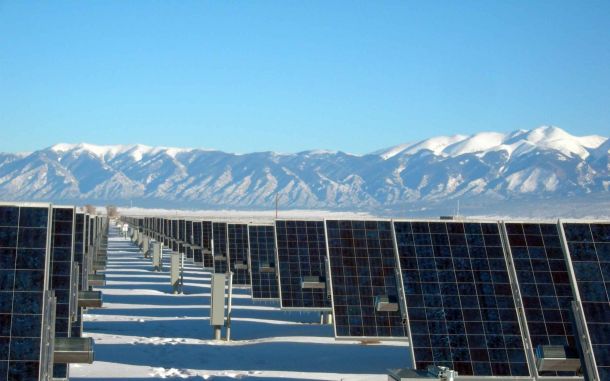Tidal Power
In this blog post, we will explore the potential of tidal power in the USA, the advantages and disadvantages of this technology, as well as the resources and sources available for further information.
Tidal power potential in the USA
The United States has a vast coastline of approximately 12,380 miles, providing ample opportunities for tidal power generation. According to a report by the National Renewable Energy Laboratory (NREL), the theoretical potential for tidal energy in the USA is approximately 2,640 TWh/year, which is equivalent to about 6.5% of the country’s electricity consumption.
Currently, there are several pilot projects and demonstration facilities in the USA that are exploring the potential of tidal power. The largest of these projects is the Eastport project in Maine, which is a 1.2 MW tidal power plant that began operating in 2012. There are also several other projects underway, such as Verdant Power’s Roosevelt Island Tidal Energy (RITE) project in New York, which is expected to generate 1 MW of power.
Advantages of tidal power:
- Renewable and clean: Tidal power is a clean and renewable source of energy, which produces no greenhouse gas emissions and has a very low environmental impact compared to fossil fuel-based power plants.
- Predictable and reliable: Tidal energy is highly predictable and reliable, as tides are very consistent and can be predicted years in advance, making it an excellent source of baseload power.
- Economic benefits: Tidal energy can provide significant economic benefits by creating new jobs in the manufacturing, installation, and maintenance of tidal power equipment.
- Increased energy security: Tidal energy can help reduce reliance on fossil fuels, thereby increasing energy security and reducing dependence on foreign oil.
Disadvantages of tidal power:
- High upfront costs: The construction of tidal power facilities is expensive, and the technology is still in the early stages of development, making it less economically viable compared to other sources of renewable energy.
- Limited locations: Tidal power can only be generated in areas with strong tidal currents, which limits the potential locations for the technology.
- Environmental impact: Although tidal power is a clean source of energy, it can have an impact on marine life, as turbines can pose a risk to fish and other marine animals.
- Maintenance challenges: Tidal power facilities require regular maintenance, which can be challenging due to the harsh marine environment.
Resources and sources
The following resources and sources provide more information on tidal power in the USA:
- National Renewable Energy Laboratory (NREL): NREL’s website provides information on tidal energy research, development, and deployment in the USA.
- Marine Energy Council (MEC): MEC is a non-profit organization that promotes the development of marine energy resources in the USA, including tidal power.
- US Department of Energy (DOE): The DOE provides funding and support for the research and development of tidal energy technologies.
- Tethys: Tethys is an online database that provides information on the environmental effects of marine and hydrokinetic energy development, including tidal power.
Conclusion
Tidal power has the potential to become a significant source of clean and renewable energy in the USA. Although the technology is still in the early stages of development, it offers several advantages, including predictability, reliability, and economic benefits. However, there are also several challenges that need to be addressed, such as high upfront costs, limited locations, environmental impact, and maintenance challenges.

